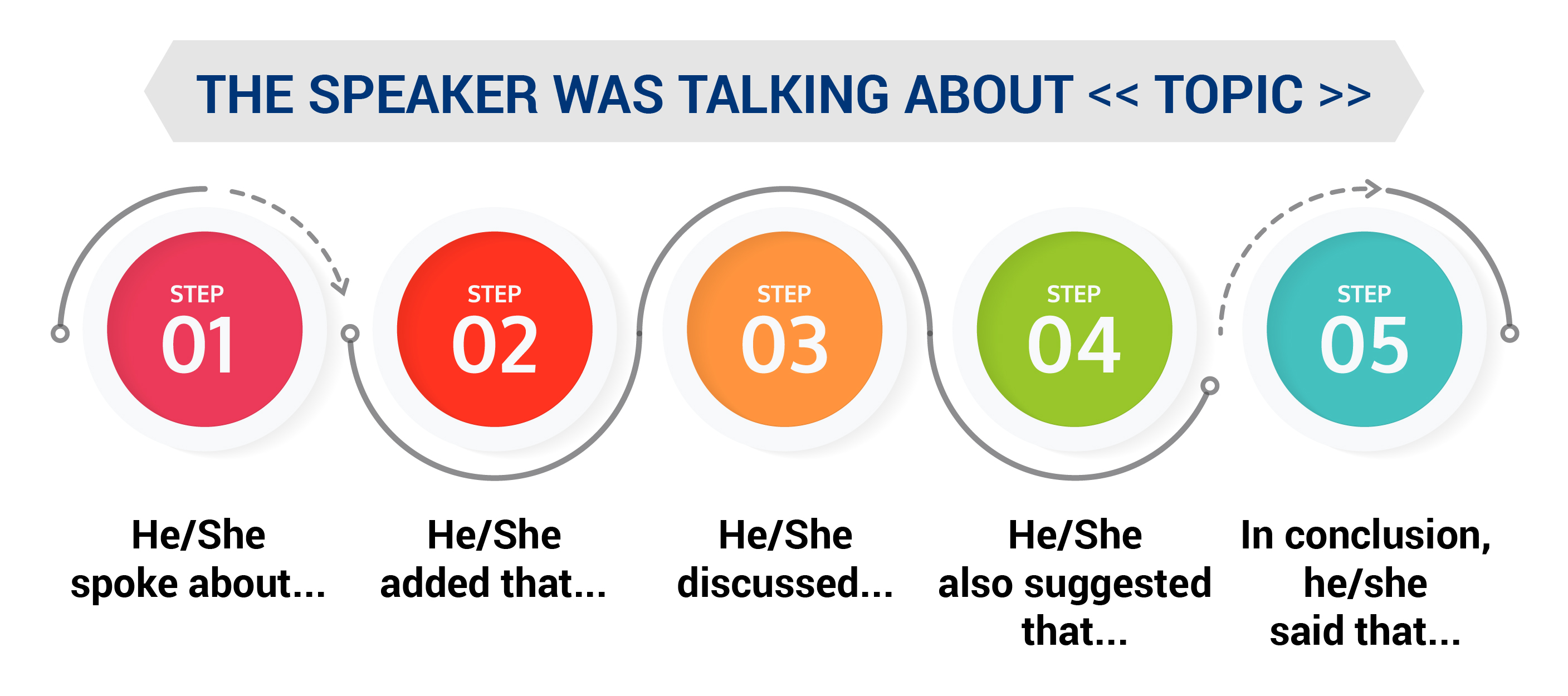
PTE Re-tell Lecture: 4 Tips To Improve Your Speaking Performance
Re-tell lecture, one of the tasks in the speaking module of PTE Academic, can prove to be quite tricky. Consider this: There's a lecture you have to listen to/watch, and after it ends, there's only a 10-second break for you to prepare. Following this, the microphone is live, and you are expected to re-tell the lecture in your own words before the timer runs out, and yet not miss out on anything. Phew!
Performing well in the Re-tell Lecture task is key getting a perfect score in PTE Speaking.
To ace this task, a test-taker has to work on three skills:
- Listening
- Note-Taking
- Speaking
Through this blog, we will address the most crucial skill speaking and offer some practical tips to prepare well.

What are the scoring parameters?
1. Oral Fluency
According to Pearson, oral fluency is the smooth, seemingly effortless, and native-like delivery of speech. If you sound like a native speaker, you get 5 out of 5, and if your speech is jerky or disfluent, you get a 0. Native-like delivery of speech doesn't mean that you have to speak very fast but instead talk rhythmically at a natural speed. The trick is to convince the software that your speech is as good as native-like, so we recommend that you try to speak a bit fast.
2. Pronunciation
We know that pronunciation means the production of speech sounds in a way that regular speakers of the language can easily understand or comprehend. In this task, you will get 5 points if you pronounce like a native, while if you produce non-English pronunciation (at least, according to the software), you get a 0!
3. Content
Pearson assesses a candidate from his/her re-telling all aspects of the presentation or the lecture. The candidate should be able to describe all characters referred to in the audio, their actions, relationships, the underlying implications, and then end with a satisfactory conclusion.
In short, you need to have a clear understanding of what's going on in the lecture.
How to Improve Speaking Skills for Re-tell Lecture?
1. Take Proper Notes
Your preparation for re-telling starts at the listening and note-taking stage itself! Don't expect your mind to retain the deluge of information you'll be bombarded with in the 30-90 seconds lecture.
When taking notes, write keywords that will serve as memory triggers. Write down the 5 W-words & 1 H-word: Who, Why, When, What, Where, How.
If there are numbers, write them down and also a word to remember what the number represents. For, e.g., Don't just write 45,000, write 45,000 paediatricians. Use lines, circles, symbols to remember better.
2. Pay Attention To Your Pronunciation
Ensure that your vowel and consonant sounds are clear. Stress on every word and sentence. Remember to add a bit of 'h' sound in the six main plosives in English, i.e. t, k, and p (voiceless) and d, g, and b (voiced).
3. Keep It Smooth
Watch out for inappropriate pauses, hesitations, or repetitions. Pauses, which are natural, when we converse in day-to-day real-life situations, are a strict no-no! The intent should be to speak one full sentence at a natural pace. Pause for a millisecond at the full-stop, before beginning another sentence.
4. Keep A Mental Template Ready
To maintain your fluency, keep some speaking templates ready so that you are less likely to fumble or panic. Here's an example:

With a template ready, you only have to insert the keywords. Don't add anything to the notes while speaking. Depend on your notes and your template and this should be enough for the 30-40 seconds' duration for which you have to speak!
If you need you a exam-like experience, you can practise with sample questions. For detailed help, also check out our Re-tell Lecture booklet. If you want to brush up your PTE preparation online, check out our coaching options!
Download the PTE Tutorials App now on your Android/iOS mobile and, get 10 FREE Mock Tests!